
HAROLD AND KUMAR 3 is now A VERY HAROLD AND KUMAR CHRISTMAS since last we checked in, and along with the holiday-themed title, we now have a plot to go along with it.
Vulture got their hands
on the script, and learned the major reason why the film is probably going to be shot in 3D. But first, the opening. Minor spoilers ahead, if you really want to be in the dark about the plot of a HAROLD AND KUMAR sequel.
Jon Hurwitz and Hayden Schlossberg’s screenplay (dated January 22, 2010) finds Harold and Kumar in their 30s and no longer on speaking terms (at script’s beginning, it’s been a long time since they’ve seen each other). Harold is a married, drug-free, Wall Street executive who lives in a home that looks “more like a house in a Nancy Myers movie than the man-cave he shared with Kumar”; Kumar is single, still lives in the man-cave, and has recently had his medical license suspended for smoking marijuana. The pair are reunited when a package intended for Harold arrives at their old apartment and Kumar delivers it to his house. While there, in a pot-related mishap, Kumar burns down a Christmas tree grown special by Harold’s father-in-law, requiring the two to strike out in search of a replacement.
Things escalate from there, and the film features the inevitable return of Neil Patrick Harris, who hosts a TV Christmas special with Kelly Ripa. There’s also a decently long Claymation sequence in the film, which has Harold and Kumar tripping off of psychotropic eggnog, being chased by an evil snowman down the streets of Manhattan. This scene is the major reason they want to shoot the thing in 3D, to the delight of stoners everywhere.
Speaking for uh, friends, anyone who’s ever smoked before a 3D feature knows it’s a very different experience and it usually makes the movie about 100x more epic. With all the hate for 3D nowadays, this is the first genre of film where I can actually say, “yeah, that makes sense.”



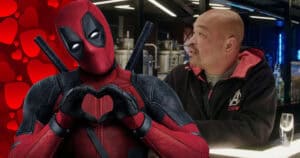


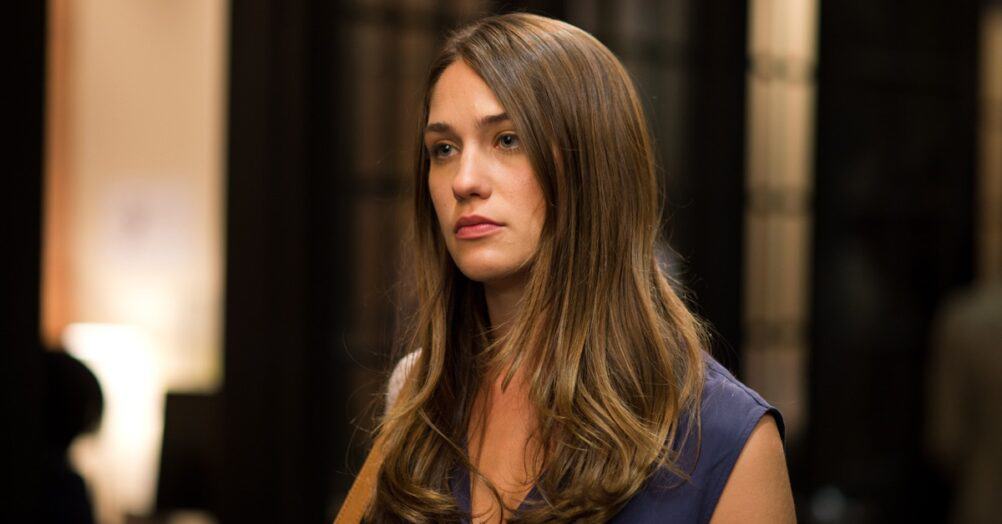


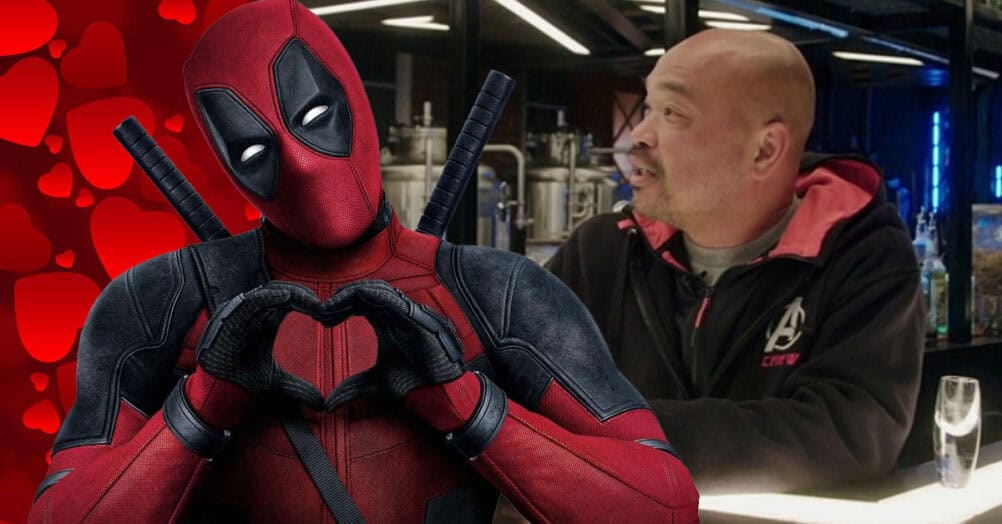
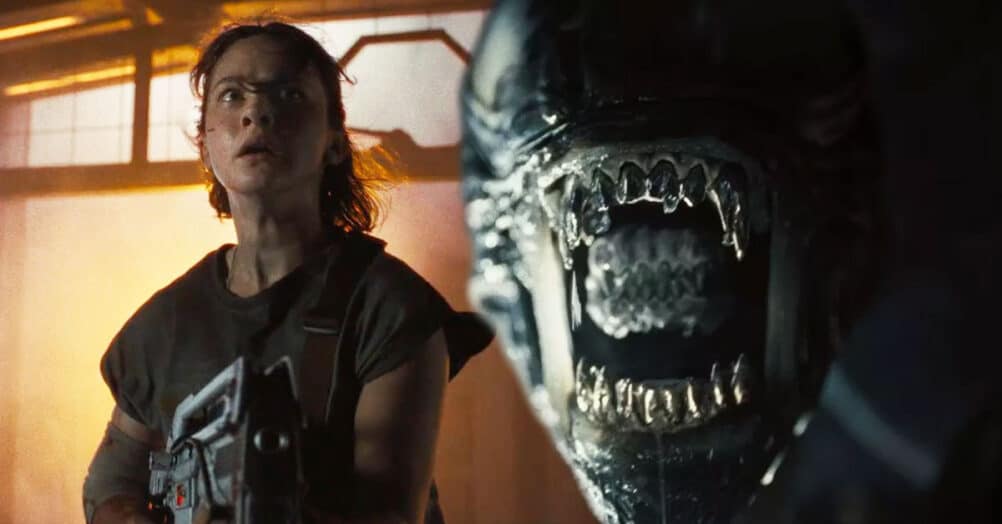
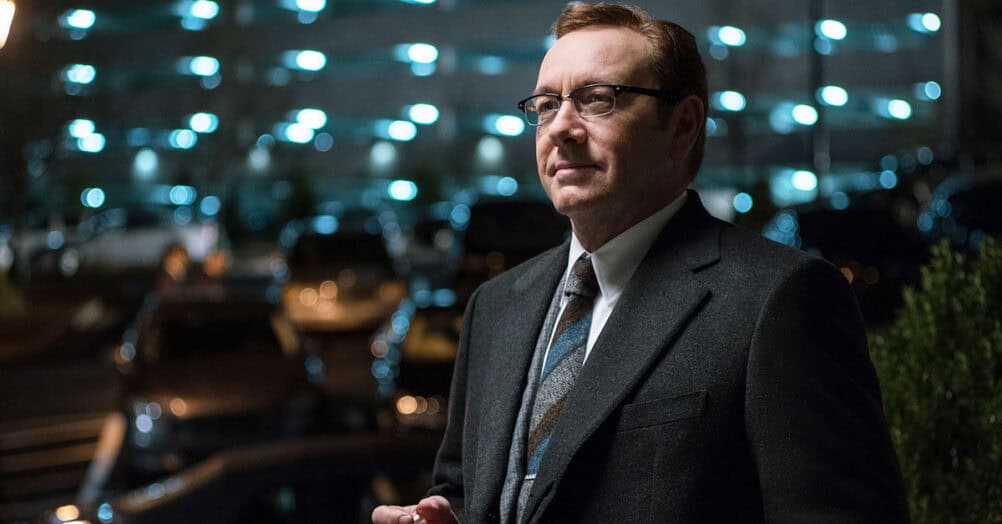


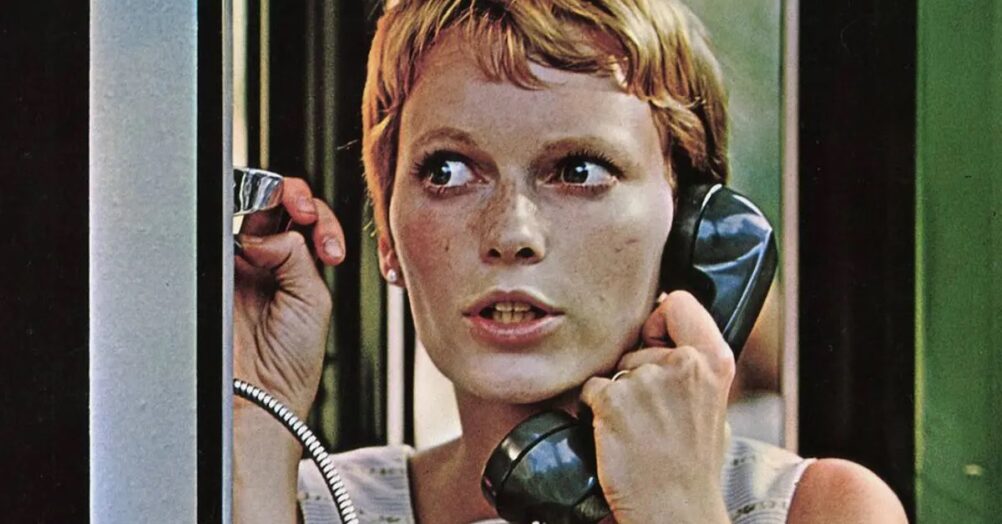

Follow the JOBLO MOVIE NETWORK
Follow us on YOUTUBE
Follow ARROW IN THE HEAD
Follow AITH on YOUTUBE